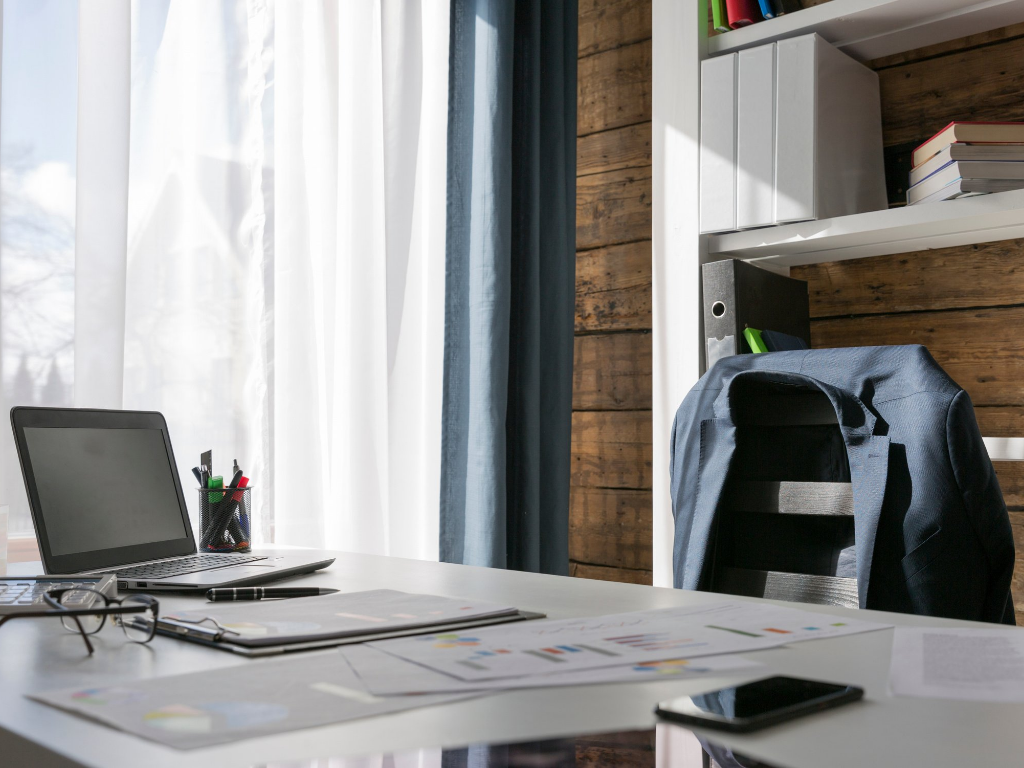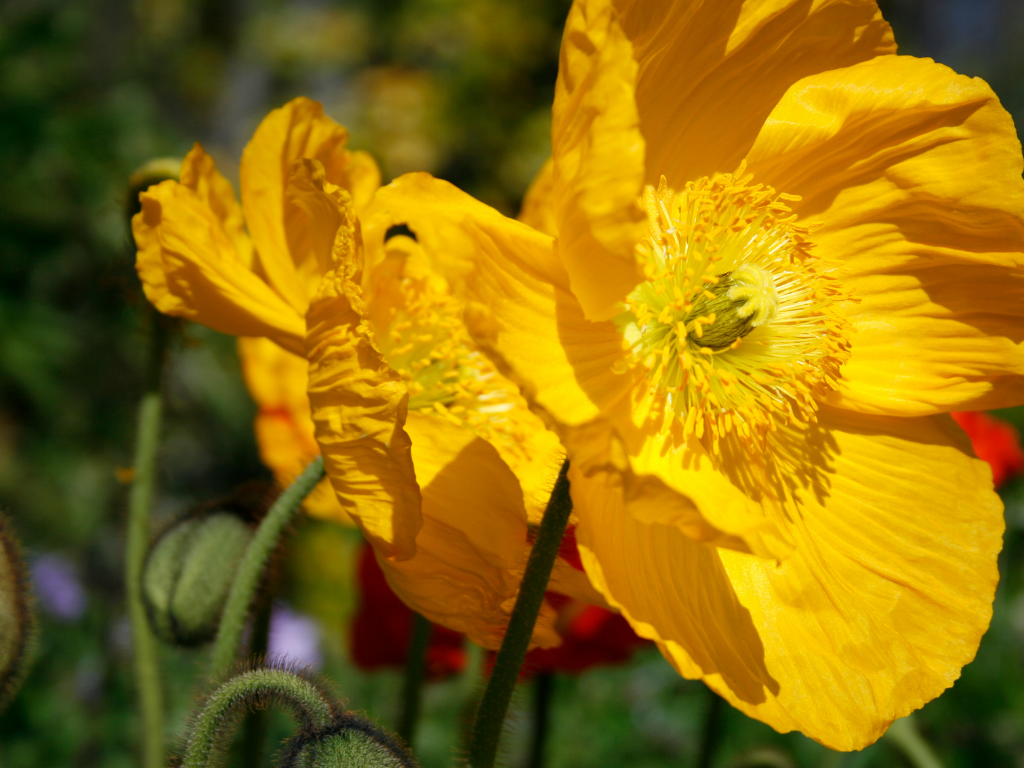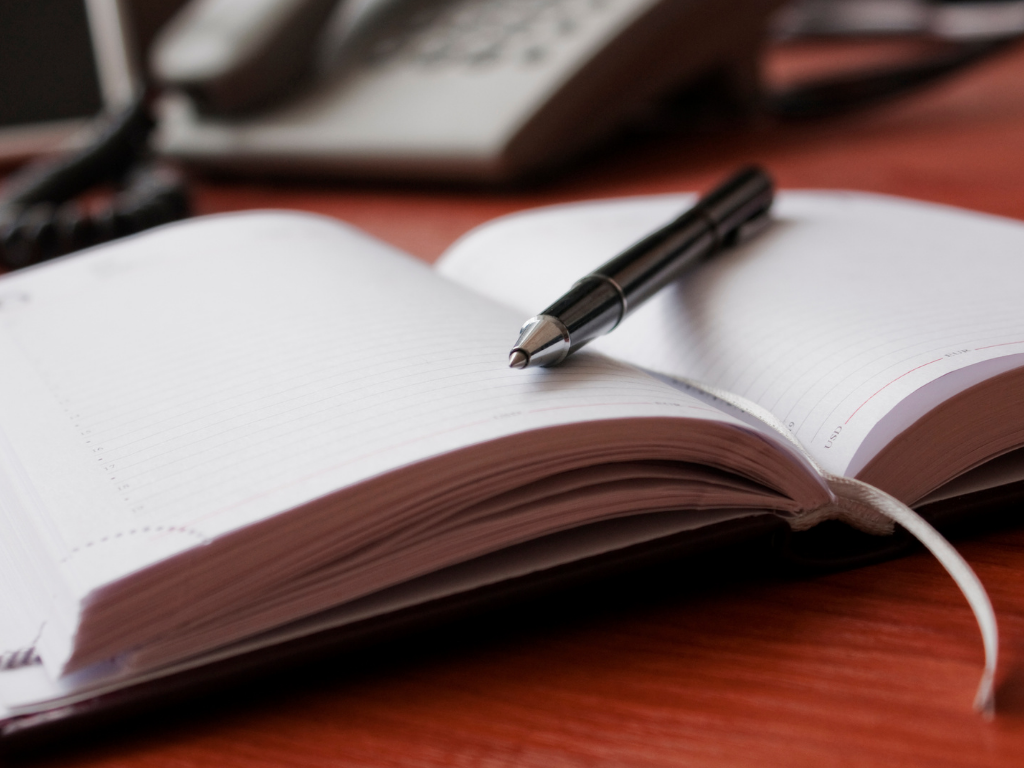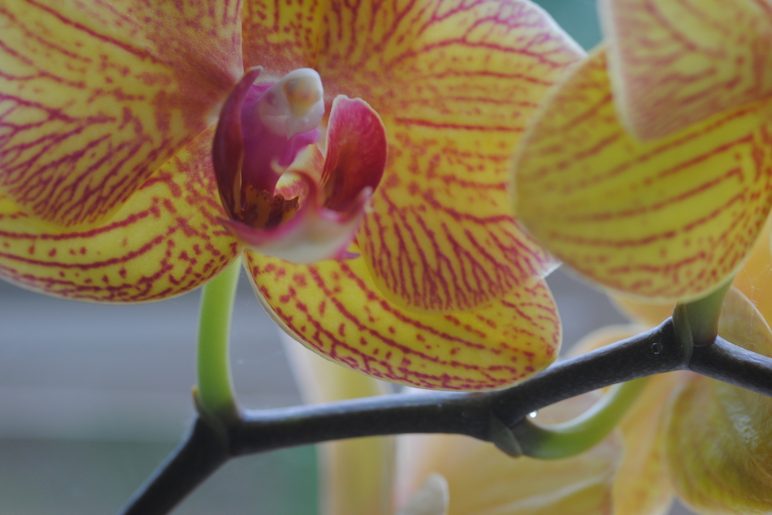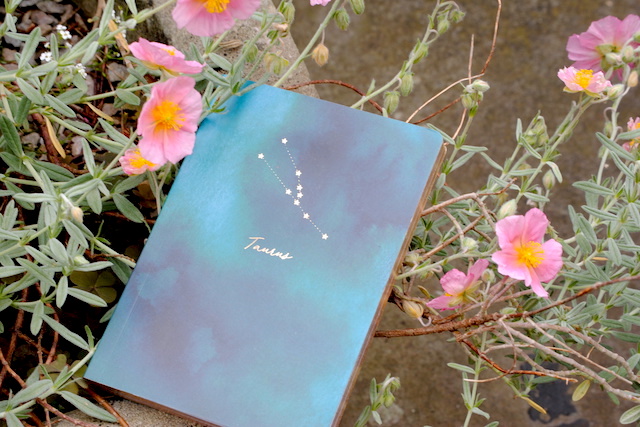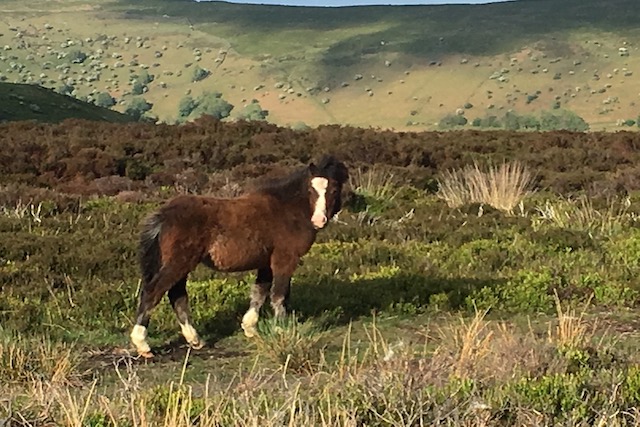The Real Consequences Of Poor And Unconscious Life Choices.
In any moment at any time, we are always at choice. We are constantly making choices and creating outcomes with our thoughts – both good and bad. Much of the time this is unconscious.
Our choices will always have an impact on others.
Choices need to come with an understanding that not everyone will like or appreciate what we have chosen or why we made that choice.
We may offend people.
That’s where the origin of our choice becomes important.
There will be judgment and assumptions made.
Being aligned with the choices we make matters – for yourself.
Choices have consequences.
Which choices do you celebrate, and which ones do you regret?
Are you still comfortable with the choices you made that created waves bigger than you had anticipated?
There is the potential for deep learning in the choices we make –
the tougher the circumstances, the deeper the learning.
But only when we are aware enough.
I was recently on holiday with friends. While preparing to pack for coming home, we were joking about using up all the suntan lotion to make room for the one or two things we’d bought.
But my friend can’t waste anything. She was laughing about cramming in the complimentary shampoos and conditioners, saying she already had loads at home…. “But I still go home with more. You just can’t help it can you?â€. ‘You’, meaning everyone and missing the point that it was her!
Of course we can help it! It’s a choice. But she didn’t recognise her ability to choose in that instance or was unable to choose because of something deeper going on.
This is a banal example, but probably something most of us can relate to.
On the other hand, in 2019 my 20-year old son made some poor life choices
……for which he paid the price. He was sent to prison for 12 months in September 2020.
Unsurprisingly, I felt challenged, as I was then given my own choices to make as a result of his choices, and his lack of appreciation of the knock-on effect of those choices to himself and his family.
When the police had first called and told me that he’d been arrested, I nearly fell apart, as many would. The police told me that, after investigation, if they had enough evidence, he would be charged with Intent to Supply, which was a custodial offence.
So, as I hung up the phone, just before breaking down, I remembered that I had a choice.
The knee-jerk reaction could be avoided. The conditioned social response to fall apart, cry and tell everyone about this dreadful thing, was a real thing – but I could choose my response.
And in that gap of awareness, I remembered what I’d learned about choice, and I decided to manage it differently.
There were many choices for me now. I had set aside that Sunday to do last-minute tweaks and prep for my first client coming to an Experience at the cottage. I wanted it all to be ‘just right’. But now the time was whipped away from me as I had to collect my son from the police station and manage that situation.
I had time to consider my choices even more as I drove to collect him.
Do I cancel my client, or do I trust myself to deliver less prepared than I would have liked? I chose to continue because it felt the right thing to do and thankfully it came together.
Regarding my son’s situation, having decided not to have a drama, I chose how I would like to be, day by day. I also have a daughter to consider, and it was important that she was not lost in this event.

I chose possibility and resilience, to manage my thoughts, and decided that at every step of the way I would choose who I would I speak to, who I would find to support us, and how I wanted to ‘be’ on a day to day basis.
I chose being present as much as I could, because over-thinking either the past or imagining the future had no merit. I drew on everything I’d learnt about choice, awareness, self-examination and self-awareness and how to think from a place of possibility.
Another choice – I could throw him out, or I could support him.
It was a no-brainer for me.
To throw him out would have forced him even more deeply off-track. I chose not to judge. What he’d done, he’d done, and I refused to be swamped by the drama.
I chose to look at it as an event in our lives that needed to be managed in the best way possible to create the best outcome possible. That there would be learning was a given, and I didn’t second guess what that would be but left myself open to recognising it whenever it showed up.
If I had followed the drama route and told everybody I knew, I would have spent the next few months fielding concerned questions and well-meant curiosity from people who were not in a position to help. I wanted to choose who could support me and us.

So, what are The Real Consequences Of Poor And Unconscious Life Choices?
All of our choices have consequences for ourselves and for those around us and further afield.
The choices I made may not be the choices you would have made. If I had not delivered for my client or had made different choices regarding my son, I would have lost so much opportunity to learn on so many levels.
Thoughts, choices and decisions create waves which will ripple through life and will affect countless others.
When we develop our awareness, we open up to being more conscious of how and when choices are available so that we can navigate a more powerful life.
Edith Eger – holocaust survivor and clinical psychologist
“The only place we can exercise our freedom of choice is in the present.â€
This is a gift in itself.
Exercising our power of choice gives us freedom and allows us to notice whether we are aligned with our values. When we develop our awareness, we can notice alignment or lack of it, by what we feel in our bodies.
How far do you want the ripples of your choices to flow, who to and where?
With best wishes until next time









